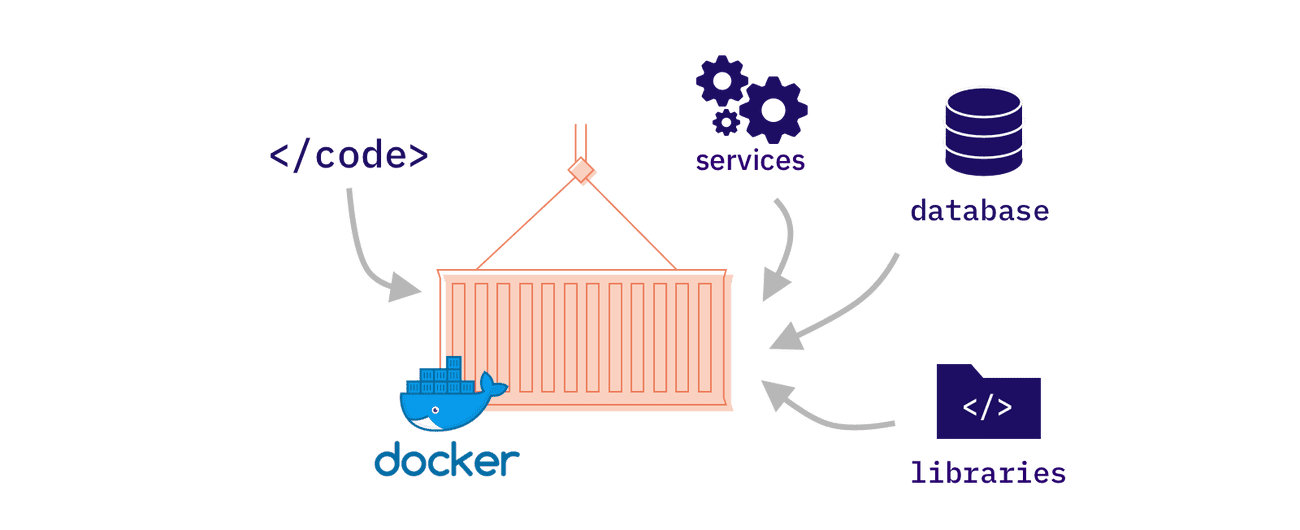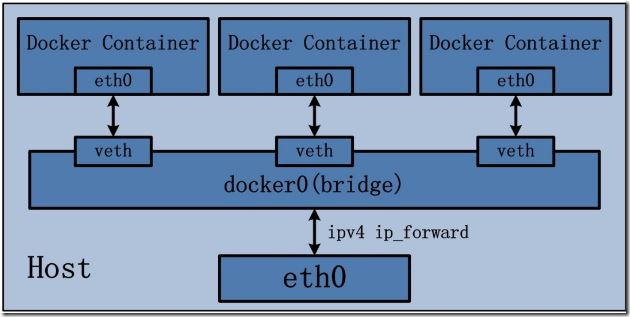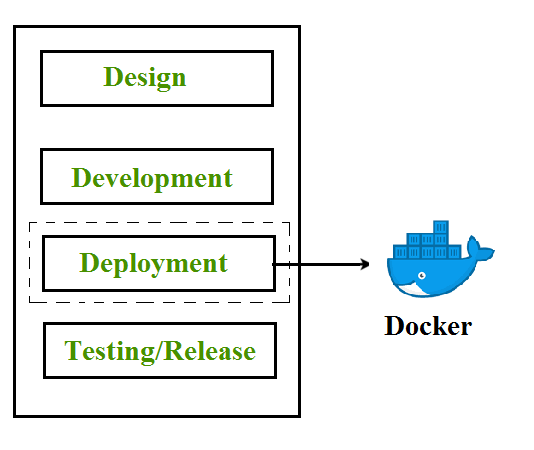
Because containers on a Weave network use standard port numbers, (for example MySQL’s default is port 3306), managing microservices is straightforward. Weave Net simplifies setting up a container network. Also one more daemon if you are using Kubernetes Network Policy. a CNI plugin which runs as a separate process). Weave Net creates a new Layer 2 network using Linux kernel features one daemon sets up that network and manages routing between machines and there are various ways to attach to that network (e.g. Similarly, existing internal systems can be opened to accept connections from application containers irrespective of their location. Services provided by application containers on the weave network can be exposed to the outside world, regardless of where they are running. Applications use the network just as if the containers were all plugged into the same network switch, without having to configure port mappings, ambassadors or links.

With Weave Net, portable microservices-based applications consisting of multiple containers can run anywhere: on one host, multiple hosts or even across cloud providers and data centers. Weave Net creates a virtual network that connects Docker containers across multiple hosts and enables their automatic discovery.

Securing the Docker Communications With TLS.Attaching Docker Containers via the Weave API Proxy.Troubleshooting and Present Limitations.Load Balancing and Fault Resilience with weaveDNS.Automatic Allocation Across Multiple Subnets.Manually Specifying the IP Address of a Container.Configuring IP Routing on an Amazon Web Services Virtual Private Cloud.Enabling Multi-Cloud, Multi-Hop Networking and Routing.Securing Connections Across Untrusted Networks.Managing Services - Exporting, Importing, Binding and Routing.Dynamically Attaching and Detaching Applications.Isolating Applications on a Weave Network.Integrating Kubernetes and Mesos via the CNI Plugin.Integrating Docker via the Network Plugin (Legacy).Integrating Docker via the Network Plugin (V2).

How the Weave Net Docker Network Plugins Work.How Weave Net Interprets Network Topology.


 0 kommentar(er)
0 kommentar(er)
